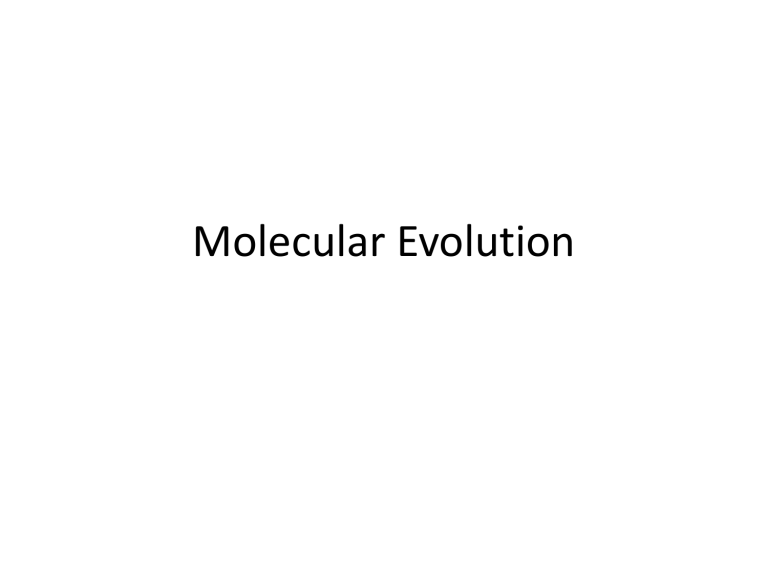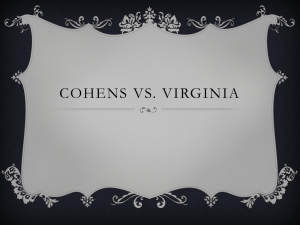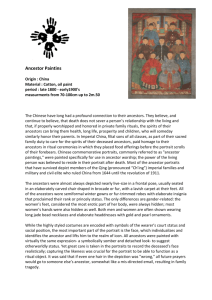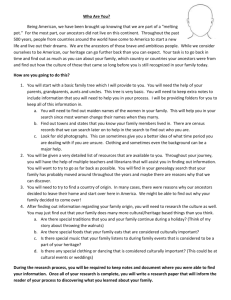MolecularEvolution

Molecular Evolution
Morphology
• You can classify the evolutionary relationships between species by examining their features
• Much of the Tree of Life was developed by observing phenotypes and then inferring relationships based on species that have the most similar phenotypes
The Root
Eukaryotes
Animals
Eyes
Paralog or Homolog
• You might conclude that eye development occurred through different paths for humans and flies since the morphology is so different
• Mutations in the Pax-6 gene cause small eye in mice, knockouts have no eyes
• The Pax-6 homolog in flies (eyeless-ey) has
94% amino acid identity with small eye
Knockouts
• You can knockout the Pax-6 gene in the fly and you get a fly with no eyes.
• You can put the mouse Pax-6 gene into a fly with the fly version of Pax-6 knocked out and you get eyes again.
• You can put mouse Pax-6 on other regions of the fly body and get extra eyes
Ectopic eyes
Sequence Data
• Many detailed phylogenetic relationships can only be inferred using dna
• The two eye genes descend from a common ancestor to both flies and humans
• The gene wasn’t changed because it is important to survival
Evolution
• Mutations that confer an advantage will tend to dominate in a population
• When separated, populations will eventually lose the ability to mate and their population will differentiate from other populations
• You can determine the evolutionary distance by looking at the number of mutations in a common gene
ribosomal RNA sequences
• 18s produces the small ribosome that is used by all eukaryotic organisms
• We can compare it across all of life
• Barcode
Lineages
• Mitochondrial DNA comes only from the mother
(sperm don’t have mitochondria)
• Y chromosome comes only from the father and doesn’t recombine with other chromosomes
• Mitochondrial Eve is the common ancestor (or group of ancestors) that originated mitochondrial dna
• Mutations can occur that don’t impact the fitness, but are single nucleotide polymorphisms
Age of a species
• You can determine the age of a species by noting how much variation there is in a species
• Two chimpanzees are 10-15 times more different than each other than 2 humans
• Humans are a recent species that hasn’t had the chance to accumulate much diversity
• Small populations tend to lose mutations
(genetic drift)
Mutiny on the Bounty
• Fletcher Christian shipwrecked on Pitcairn island
• Almost everyone now has the last name of
Christian
• 7 types of mitochondrial DNA in Western Europe, so there were 7 women that were the ancestors of all western European women
• By molecular clock you can estimate that about
150,000 years ago there was a woman that all of our mitochondria came from
Finland
• 70% of finish men have a SNP on the Y chromosome that is unheard of in other
European countries
• 2 million men in Finland all descend from a common male ancestor that didn’t interbreed much with other countries
• Modern european humans descend from a group of about 20 people that migrated recently from africa
American Indians
• Y chromosome is largely european
• Mitochondria is largely native
• You can explain a lot of human history by looking at DNA
Molecular Geneology
Example for Surname: Anders
• Genetics show what the name does not intuitively show
40
Discovering Previously-Unknown
Relationships
36 Generations
30
20
10
A Sorenson B C D E F Sorensen G
Coalescence
• Two individuals theoretically share all their ancestors at a very recent point in time
Common
Ancestors
Unique
Ancestors
Unique
Ancestors
Individual 1 Individual 2
Cohen
• Cohen in Hebrew means high priest, and Cohens are always the son of a Cohen (no adoption)
• Cohens are supposed to be descendents from Aaron
• Cohens are 4% of people in Israel
• Select 100 Sefardi Cohen's from Spain, north africa, Iraq etc
• Select 100 Ashkenazi Cohen’s from Europe
• 70% of Cohens have the same Y chromosome polymorphisms, where only 15% of the general population does
• Over 3000 years, Cohen’s have almost all descended from one ancestor
LEMBA
• Tribe in Africa that are rumored to have the ruling class descended from Jews
• Almost all of the ruling caste have the Cohen polymorphisms
• None of the other caste members have the mutation
Young Species
• Because humans are such a young species with a small number of SNPs, we can associate the SNPs with characteristics








